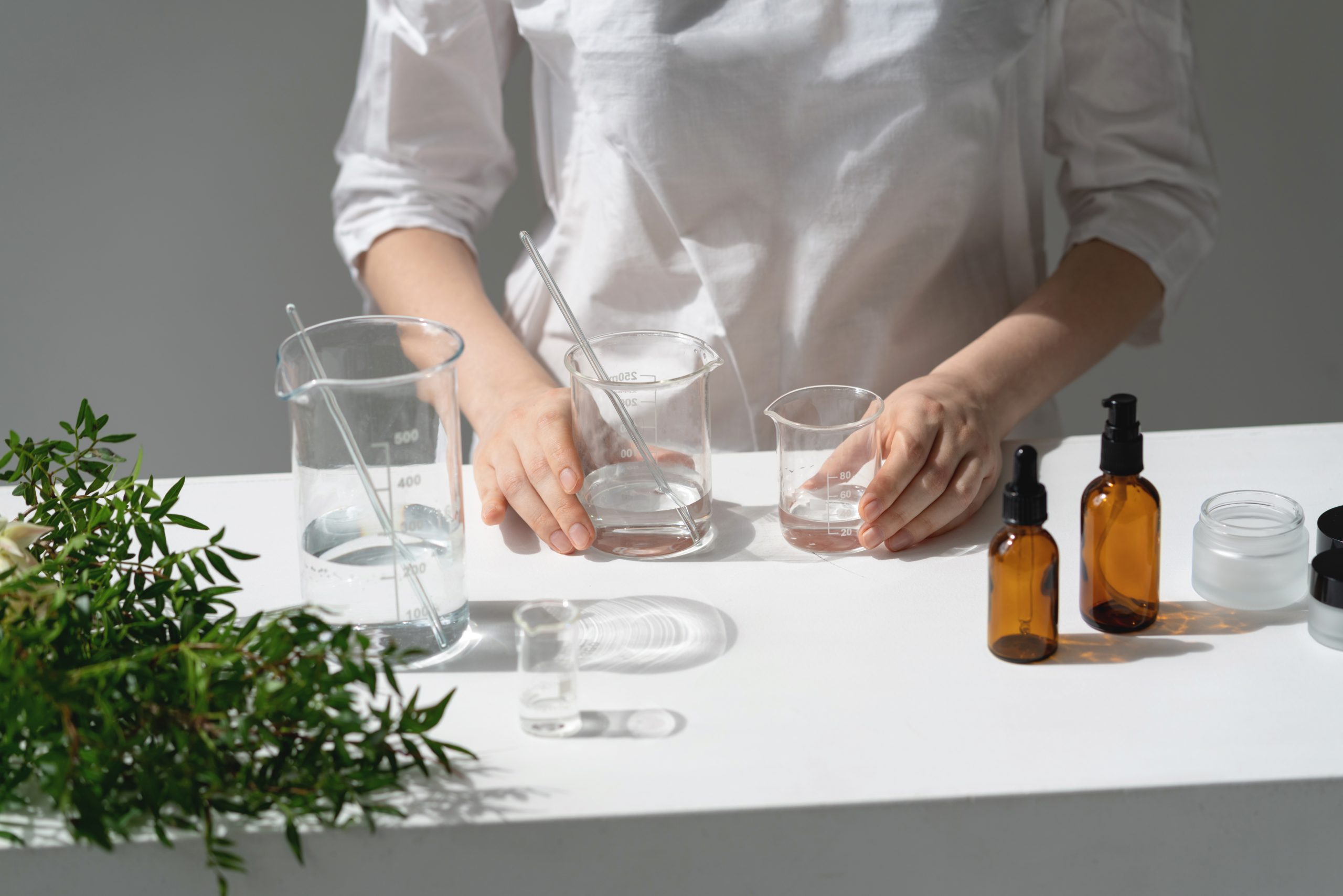Category: Blog
Procter & Gamble Fragrance Development Group Taps AI-based Solution Moodify White
Procter & Gamble has selected Moodify White, to be used by its fragrance development group
Scent the Future : Unveiling the New Moodify
Revolutionizing Fragrance Reformulation with AI
Digital transformation & AI in fragrance
Software is eating the world and now it has recently begun smelling it as well. The fragrance industry is starting to go through deep digital transformation processes that address its core competencies, and naturally so, is thus very affected by artificial intelligence (AI). In contrast to information-based industries such as finance and insurance, fragrance took longer to undergo digital transformation because entry barriers for startups and innovation, in general, are higher. CapEx (capital expenditures) involving chemical compounds and labs, together with higher OpEx (operational expenditure) for interdisciplinary talent, make it less susceptible to disruption.
Fragrance is more difficult to digitize because there is less academic applied olfaction research work offering technologies ripe for commercialization; and because olfactory nomenclature is limited and less articulated than other senses. The latter not only creates difficulties in generating data sets for AI but also makes it challenging to have AI talent reach the profound subject matter understanding that is so necessary to develop adequate solutions. In addition, the widely common (and justified) perception of perfumery as an art and craft creates a basic distrust for AI solutions in fragrance.
AI in Fragrance
Nonetheless, AI is beginning to penetrate fragrance. Similarly to other industries, it started from applications that are not unique to fragrance, such as analyzing consumer behavior as recorded in e-commerce transactions and social media for the purpose of creating fragrance products that sell better. But also recent years innovations in machine learning, bioinformatics, and drug discovery have posed an opportunity to develop AI models that touch the core of fragrance design and formulation and can actually make computers sense and articulate olfactory perception. Publicity of such innovation made stakeholders in fragrance more open to risk resources for progress. The integration of AI in core fragrance capabilities manifests in several types of applications: formula-to-brief recommendation, formulation, sensing, and new molecule design. The formula to-brief recommendation is the ability to match existing fragrance formulas to new briefs. It enables fragrance houses to match formulas out of their 50,000+ formula portfolios to new customer briefs that could benefit existing non-exclusive formulas and enable fragrance houses to continue monetizing them.
Originally published on Perfumer & Flavorist
Moodify achieves the excellence award at Kumihimo Tech Camp


As a result of the final selection, the selected companies for FY2022 have been announced

Moodify Ltd. Participated in the Kumihimo Tech camp, as the first non-Japanese company to be accepted.
Moodify achieved the Excellence award for joint prototyping and joint marketing of a “scent printer” – a multi-cartridge diffuser that combines primary scents to create hundreds of fragrances, in the same way, that RGB creates colors in printers.

Originally published on Murata website
Mask bad smells with AI-based Moodify White
The launch of Moodify White at in-cosmetics Global marks the introduction of the world’s first AI-based algorithmic malodour control application.
Israeli technology startup company, Moodify announced the official launch of its Moodify White software solution for malodour control on the first day of the global trade show. Moodify White is said to be world’s first AI-based algorithmic malodour control formulation application.
The innovative solution has been developed to mask bad smells, enabling a quick, highly effective and component-flexible malodour control formulation process.
Up until now, existing formulas and malodour control solutions have either been chemistry-based and limited in functionality, or excessively intense and unpleasant. Moreover, the present methods for designing and formulating malodour control solutions require extended periods of development.
Customised AI-based formulas
Moodify White is based on more than 15 years of academic research and extensive development of Moodify AI-based algorithms. These algorithms easily generate malodour formulas that are said to outperform the best malodour control benchmarks created by any other supplier when introduced to the human nose, eliminating the perception of bad smells. The advanced algorithm selects the best combination of odour neutralisers, creating a customised formula that perfectly matches the target customer’s malodour requirements.
The final formula has the concentration of components needed to obtain the expected effect, and the material amounts can be updated during the optimisation of the composition. Regulatory limitations and price considerations are also considered to ensure that customers get the most cost-effective and efficient solution.
Odour map
A versatile solution from a trusted source

Moodify White is ideal for a wide range of industries, including home care, personal care, household and industrial product manufacturers. By supplying a highly effective and customisable solution for malodour control, it empowers companies to create products that meet the high standards of today’s consumers and react faster to changes and customisation requirements. Applications include deodorants, detergents and other cleaning and personal hygiene products.
“We are extremely excited to launch this innovative solution at in-cosmetics Global 2023. Our customers who already receive help from Moodify White generated formulas, are reporting a significant impact on the efficiency to mask malodours,” says Eyal Maor, Moodify’s CEO. “Our advanced technology and commitment to delivering high-quality solutions make us a trusted partner for companies looking to enhance their customers’ experience. With Moodify, bad smells are no longer a problem.”
Moodify is exhibiting at in-cosmetics Global, the world’s leading event for personal care ingredients from 28 to 30 March in Barcelona, Spain. Visit booth #AJ90 for more information and to experience the Moodify White solution.






